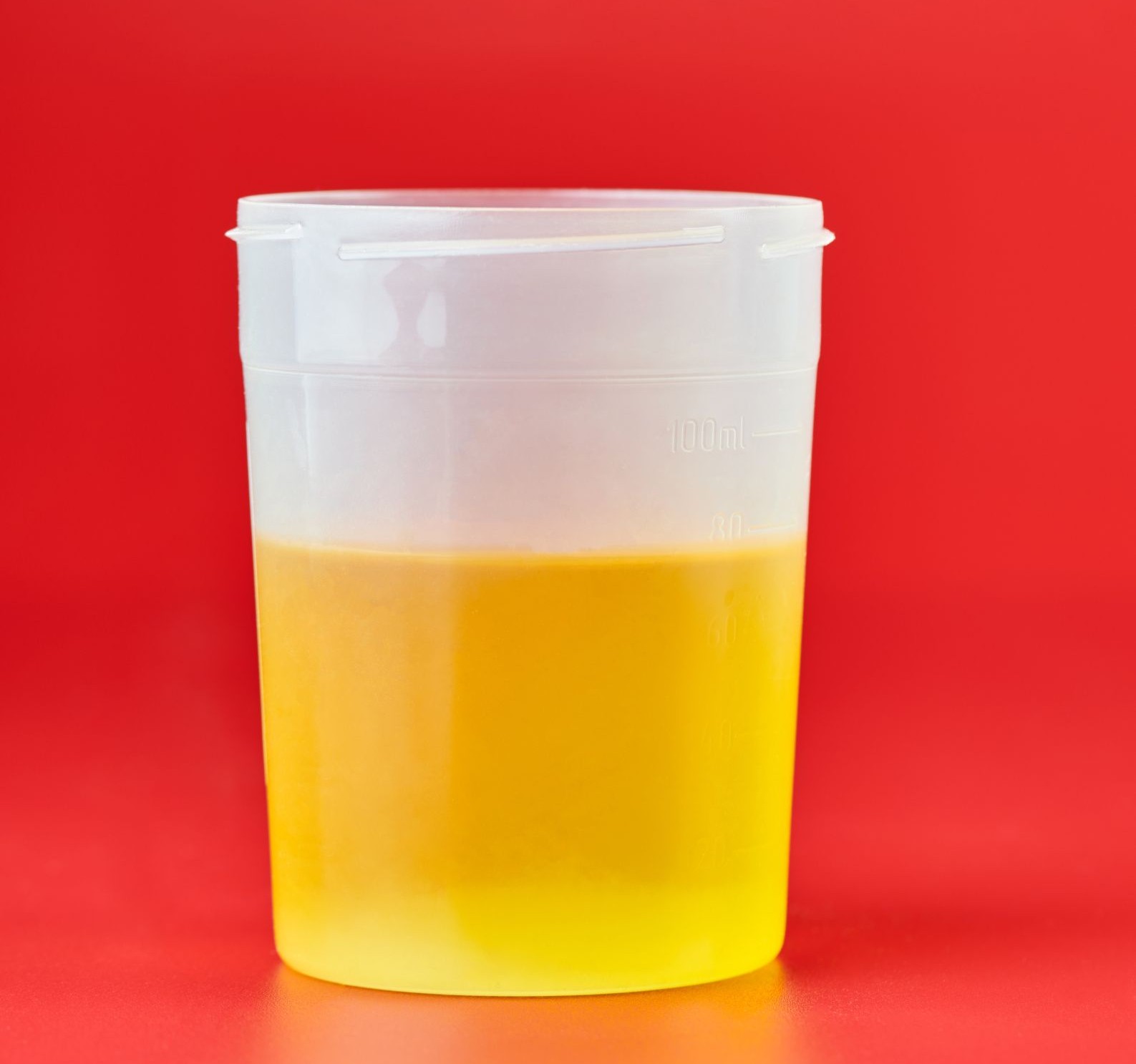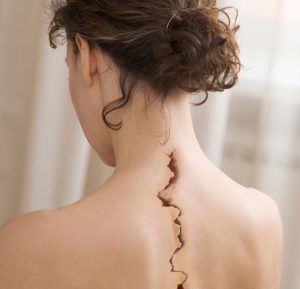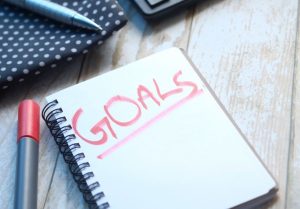You might not think about it often, but the colour of your pee can tell you quite a lot about what’s going on inside your body. From pale lemonade to dark amber, each shade has a story to share — and sometimes a little warning too. So, what does healthy pee actually look like, and when should you pay attention?
If you’re not quite sure what your body’s trying to tell you, Body@Boronia is here to help. Our osteopaths take a whole-body approach to health — and yes, that includes the little details too. Call us on (03) 9762 9445 to book an appointment.
What does healthy pee look like?
Pale yellow or straw-coloured urine is generally a sign of good hydration. The colour comes from a pigment called urochrome, and the more diluted it is, the lighter your urine will be.
What different colours can mean:
- Clear: You’re well hydrated, but constant clarity might mean you’re overdoing it.
- Dark yellow or amber: Probably time for a glass of water.
- Bright yellow: Often caused by vitamin B2 supplements — not harmful, just colourful.
- Orange: Could be dehydration, food, or certain medications — if it sticks around, see your GP.
- Red or pink: Sometimes food-related, but could also mean blood — definitely worth a medical check.
- Brown: May signal dehydration or liver issues — speak to your doctor.
- Cloudy: Could suggest infection, especially if it’s smelly or painful.
- Green or blue: Rare, but sometimes linked to medications or dyes.
It’s not just about water
If your urine is dark or unusual despite drinking plenty, other factors like diet, supplements, or underlying health issues might be at play. It’s always worth checking with your GP if you’re concerned.
While we don’t diagnose urinary conditions, our osteopaths are here to support your overall wellbeing. We focus on how your whole body works together — including the less glamorous systems.
How much water is enough?
A general guide is around 1.5 to 2 litres of water per day for most adults, but this depends on weather, activity levels, and individual health needs. Thirst is one sign — but your pee might just be the most reliable hydration tracker of all.
Your body is surprisingly chatty — even through its quietest functions. If you’ve noticed changes that concern you, your GP is the best first stop. And if you’d like a broader look at your health and movement, our osteopaths are here to support your body’s function and balance.
Call Body@Boronia on (03) 9762 9445 to book an appointment.
We’re also on Facebook and Instagram – for more useful tips and the occasional dignified giggle.
References
When needed, we research our content using a range of sources across both web and books. Regular references we use include:
- Foundations of Osteopathic Medicine, 4th ed. Seffinger et al. 2019
- Thieme Atlas of Anatomy, 4th ed. Gilroy et al. 2021.
- Clinical Sports Medicine: Injuries, 5th ed. Brukner & Khan. 2017.
- Principles of Anatomy & Physiology, 13th ed. Tortora & Derrickson. 2011.
- Differential Diagnosis and Management for the Chiropractor. 5th ed. Souza. 2016.
- Physiopedia website – https://www.physio-pedia.com/home/
- Pubmed website for latest articles – https://pubmed.ncbi.nlm.nih.gov/
- Google Scholar for latest articles – https://scholar.google.com/
- World Health Organisation website – https://www.who.int/
- Osteopathy Australia website – https://osteopathy.org.au/
- Australian Physiotherapy Association website – https://australian.physio/
- Chiropractic Australia website – https://www.chiropracticaustralia.org.au/
- Professional bodies websites and health conditions charity websites, like Arthritis Australia – https://arthritisaustralia.com.au/





